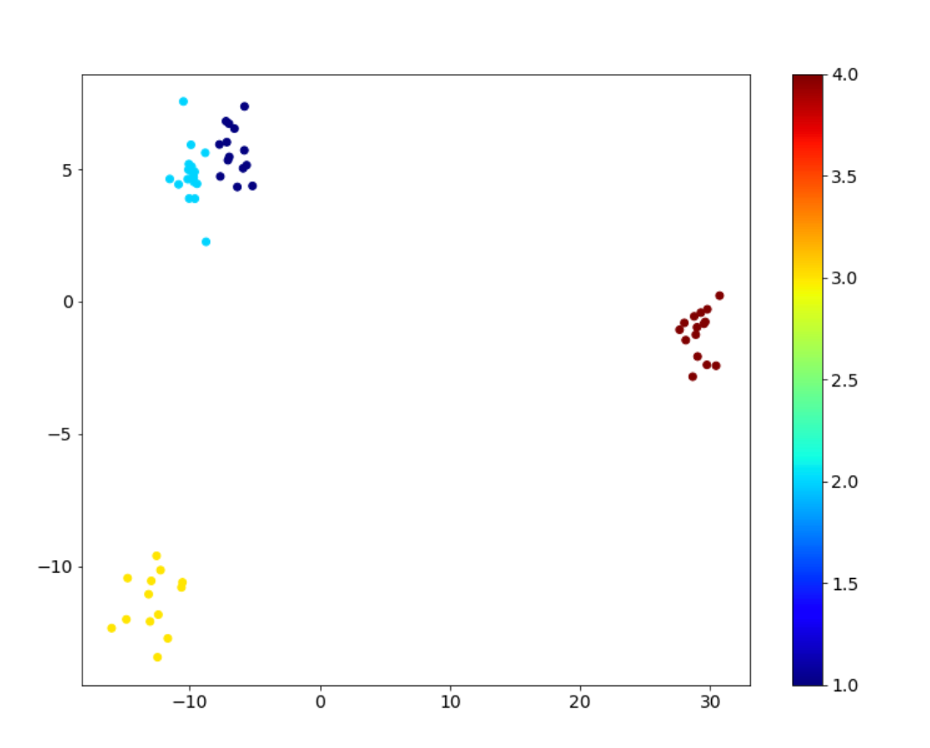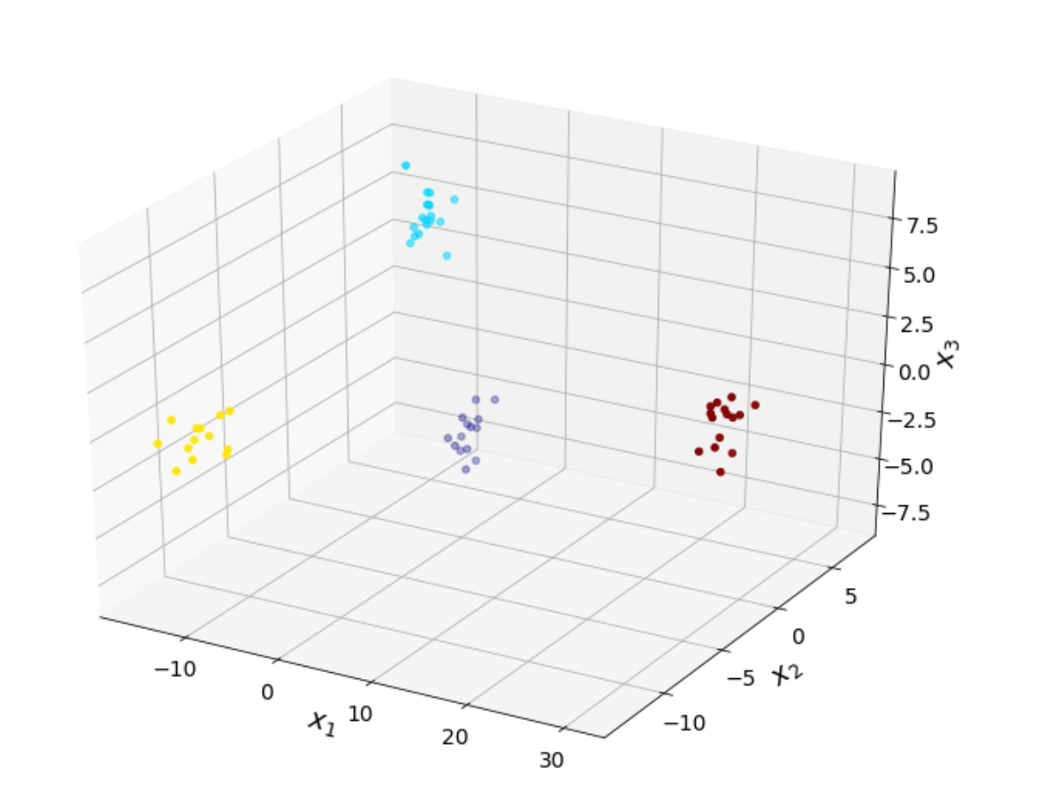project 4
a project that detects nematode
Soil-borne plant-parasitic nematodes exist in many soils. Some of them can cause up to 15 to 20 percent annual yield losses. Walnut has high economic value, and most edible walnuts in the US are produced in the fertile soils of the California Central Valley. Soil-dwelling nematode parasites are a significant threat, and cause severe root damage and affect the walnut yields. Early detection of plant-parasitic nematodes is critical to design management strategies. In this study, we proposed use of a new low-cost proximate radio frequency tridimensional sensor “Walabot” and machine learning classification algorithms. This pocket-sized device, unlike the remote sensing tools such as unmanned aerial vehicles (UAVs), is not limited by flight time and payload capability. It can work flexibly in the field and provide data information more promptly and accurately than UAVs or satellite. Walnut leaves from trees of different nematodes infestation levels were placed on this sensor, to test if the Walabot can detect small changes of the nematode infestation levels. Hypothetically, waveforms generated by different signals may be useful to estimate the damage caused by nematodes. Scikit-learn classification algorithms, such as Neural Networks, Random forest, Adam optimizer, and Gaussian processing, were applied for data processing.

